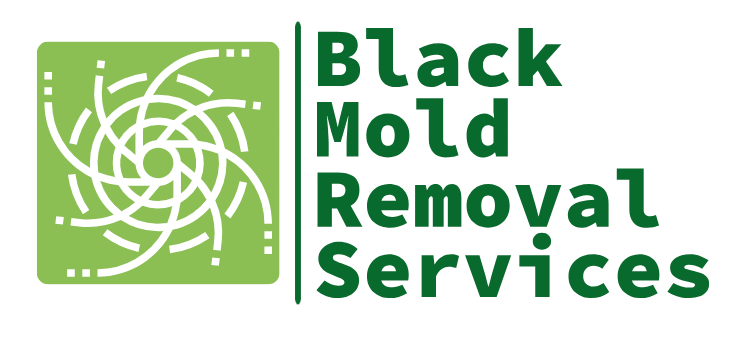Mold vs Mildew
Telling the Difference Between Mold and Mildew
How to Tell the Difference and Why It Matters
Mold and mildew are common household nuisances and the terms are often used interchangeably, but they are not the same. Understanding the differences between them is important for effective removal and preventing potential health risks. In this article, we'll dive into the distinctions between mold and mildew, why it's essential to know the difference and how to deal with each effectively.
Mold vs. Mildew: What's the Difference?
Mold:
Mold is a type of fungus that grows in multicellular filaments known as hyphae. It typically appears as a fuzzy or slimy texture and comes in various colors, including green, black, brown or even red. Mold thrives in damp, humid environments and can infiltrate porous surfaces like wood, drywall and fabric.
Mildew:
Mildew, on the other hand, is a surface fungus that grows in flat, patchy clusters. It often appears as powdery or downy spots and usually has lighter colors, such as white, gray or light green. Mildew typically forms on the surface of materials and is commonly found on plants, fruits and damp bathroom tiles.
Why It Matters: Health and Structural Impact
Health Implications:
Both mold and mildew can have adverse health effects, especially for individuals with allergies, asthma or compromised immune systems. Mold is more likely to cause severe health issues due to its ability to infiltrate materials and release airborne spores. Common symptoms of mold exposure include respiratory problems, skin irritation, coughing, and congestion. Mildew, while less harmful than mold, can still trigger allergies and respiratory discomfort.
Structural Impact:
Understanding the difference between mold and mildew is also important for assessing their potential structural impact. Mold can penetrate deep into building materials, compromising the integrity of walls, floors and ceilings and can weaken structures over time, leading to costly repairs. Mildew, being primarily a surface issue, is less likely to cause structural damage.
How to Identify Mold and Mildew
Distinguishing between mold and mildew can be relatively straightforward, as they have distinct characteristics:
Appearance:
Mold appears fuzzy or slimy and comes in various colors. Mildew appears as flat, powdery, or downy patches, usually in lighter shades.
Texture:
Mold has a textured, three-dimensional surface. Mildew has a flat, surface-dwelling appearance.
Location:
Mold is more commonly found in areas with excessive moisture, such as basements, attics and behind walls. Mildew tends to grow on the surface of organic materials, like bathroom tiles, paper or plants.
Spread: Mold spreads rapidly and can penetrate materials, making it challenging to remove entirely while mildew stays mostly on the surface and is easier to clean.
Smell: Mold often has a musty, earthy odor, which can help identify its presence. Mildew may have a more pungent, moldy smell.
Dealing with Mold and Mildew
Mold Removal:
If you identify mold in your home, it's crucial to address it promptly to prevent health issues and structural damage. Here are the steps for mold removal:
- Wear protective gear, including gloves, a mask, and eye protection.
- Isolate the affected area to prevent the spread of spores.
- Remove and dispose of contaminated materials, if necessary.
- Clean the area with a mold-killing solution or hire a professional mold remediation service.
Mildew Removal:
Mildew is often less challenging to deal with. Here's how to remove mildew:
- Ventilate the area to reduce moisture.
- Scrub the affected surface with a mildew-killing solution or a mixture of water and white vinegar.
- Rinse the area thoroughly and dry it completely.
Prevention:
To prevent mold and mildew growth, maintain proper ventilation in your home, control humidity levels and address leaks or water damage promptly. Regular cleaning and mold-resistant products can also help inhibit their growth.
Understanding the differences between mold and mildew is essential for effective removal and prevention. Both can have health and structural consequences, so it's vital to take appropriate measures when dealing with these fungi. By identifying the problem correctly and following the recommended removal and prevention steps, you can maintain a healthy and mold-free environment in your home.
Call the specialists at Black Mold Removal Services for testing and a quote.
There is no time to wait!!
Our Service Area Includes
Avon, Avon Lake, Beachwood, Bedford, Berea, Brook Park, Bratenahl, Brooklyn, Brooklyn Heights, Chagrin Falls, Cleveland, Cleveland Heights, Cuyahoga Heights, Elyria, Euclid, Fairview Park, Garfield Heights,
Highland Heights, Independence, Lakewood, Linndale, Lorain, Maple Heights, Mayfield Heights, Mayfield Village, Middleburg Heights, Newburg Heights, Northfield, North Olmstead, North Ridgeville, North Royalton, Parma,
Parma Heights, Richfield, Rocky River, Seven Hills, Solon, Strongsville, Twinsburg, Warrensville Heights, Westlake
Powered by Michaels Systems
